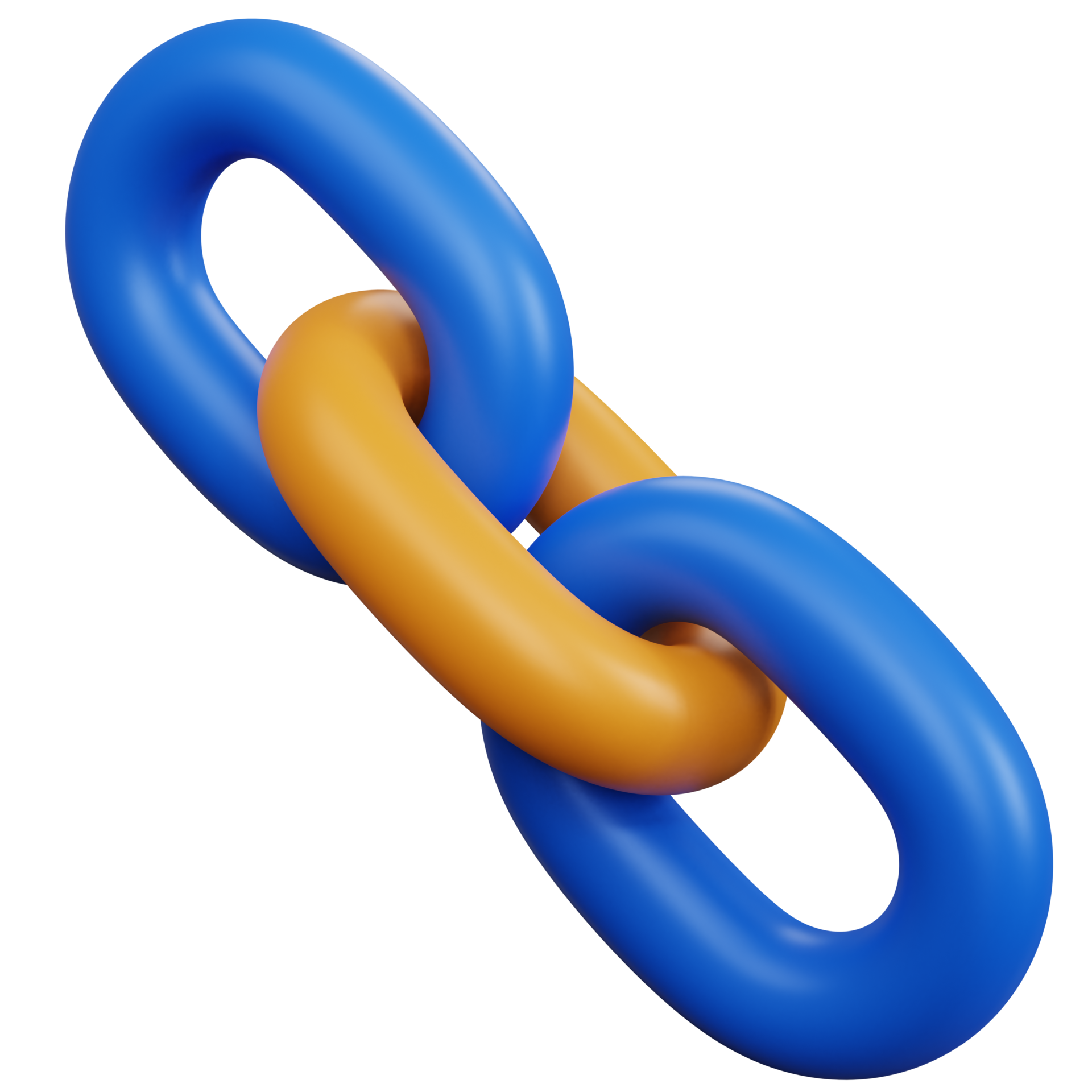Links: The Clickable Connective Tissue of the Web
In the vast digital labyrinth of the world wide web, links serve as the enigmatic threads that weave together a tapestry of information and ideas. A mere click transforms the mundane procession of text into a vibrant portal, inviting us to embark on virtual journeys across cyberspace. From humble hyperlinks to intricate web of social media, links have become an indispensable part of our online existence, connecting us to knowledge, entertainment, and each other.
Anatomy of a Link
At their core, links are simply digital pointers, much like signposts in a virtual city. They consist of two main components: the anchor text, which is the visible and clickable part of the link, and the URL (Uniform Resource Locator), which specifies the destination of the link. When you click on an anchor text, your browser interprets the URL and retrieves the corresponding web page, image, or other online resource.
Links can be embedded within text, images, or other elements of a web page. They come in various forms, including hypertext links, which are underlined and often blue, and image links, which are typically represented by clickable images.
Types of Links
The world of links is as diverse as the web itself. Here are just a few of the many types of links you may encounter:
1. Internal Links
Internal links connect pages within the same website. They are essential for creating a well-structured and user-friendly website. Internal links help visitors navigate through your site, discover related content, and understand the hierarchy of your pages.
2. External Links
External links point to websites outside of your own domain. They are used to cite sources, provide additional information, or connect visitors to relevant resources. External links can improve the credibility of your content and show that you are well-connected within your industry.
3. Backlinks
Backlinks are incoming links from other websites. They are a valuable asset in search engine optimization (SEO), as they indicate that your content is authoritative and trustworthy. The more high-quality backlinks you have, the higher your website will rank in search results.
| Link Type | Description | Purpose |
|---|---|---|
| Internal Link | Connects pages within a website | Navigation, site structure |
| External Link | Points to websites outside of a website's domain | Citing sources, providing additional information |
| Backlink | Incoming link from other websites | SEO, authority |
| Hypertext Link | Underlined text | Clickable text |
| Image Link | Clickable image | Clickable image |
| Anchor Link | Links to a specific section of a web page, usually within the same document | Navigation within a page |
3. The Power of Links
Links are more than just clickable connections; they are the driving force behind the web's interconnectedness. They help us:
1. Access Information
Links provide a seamless way to access a vast repository of information. By clicking on a link, we can instantly transport ourselves to a distant website, explore new perspectives, and expand our knowledge. Links have democratized access to information, making it available to anyone with an internet connection.
2. Connect with Others
Links facilitate communication and collaboration across vast distances. Social media links allow us to connect with friends, family, and like-minded individuals from all corners of the globe. Links in email and instant messages enable us to share ideas, files, and experiences with ease.
3. Build Communities
Links can foster a sense of community by connecting people with shared interests and goals. Online forums, discussion boards, and social media groups often rely on links to bring members together and facilitate conversations. Links can create a virtual space where people can connect, share knowledge, and build relationships.
5. Using Links Effectively
The power of links lies not only in their existence but also in how we use them. Here are some tips for using links effectively:
1. Use Descriptive Anchor Text
The anchor text should accurately describe the destination of the link. Avoid generic terms like "click here" or "read more"; instead, use specific and relevant keywords that will inform the reader about the content they will find.
2. Ensure Links Work
Broken links are a major annoyance for users and can damage your website's credibility. Before publishing a web page, always check that all links are working correctly and redirect to the intended destination.
3. Use Links Sparingly
While links are essential for navigation and information sharing, using too many links can clutter your content and distract readers. Use links only when necessary and avoid creating a "link farm" that overwhelms the reader.
7. Conclusion
Links are the connective tissue of the web, weaving together the vast tapestry of information and ideas that make up our digital world. By understanding the anatomy, types, and power of links, we can harness their potential to enhance our online experiences, connect with others, and build vibrant virtual communities. So next time you click on a link, take a moment to appreciate the intricate machinery that makes it possible. The internet, after all, is but a web of links, and we are its intrepid explorers.



